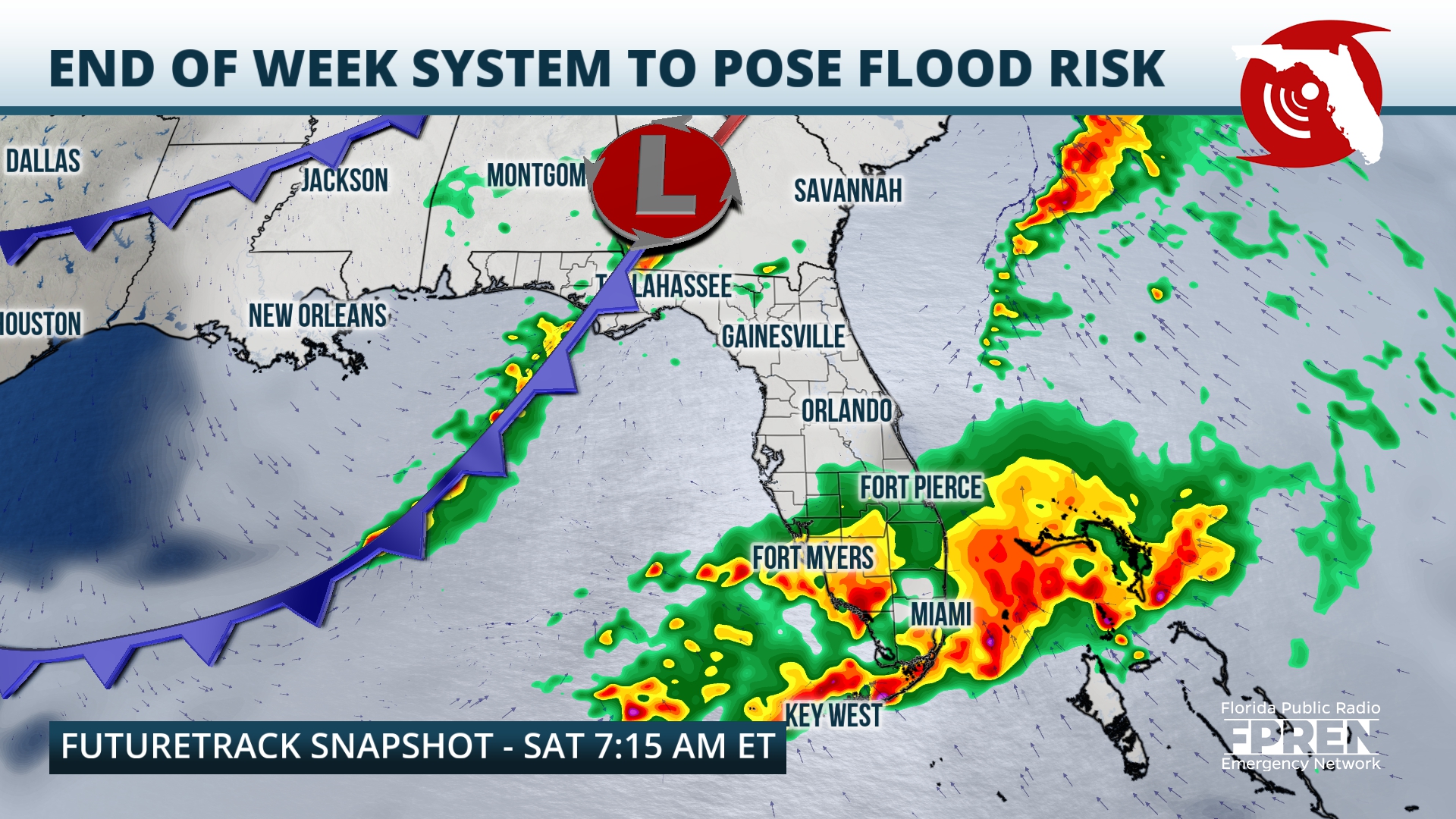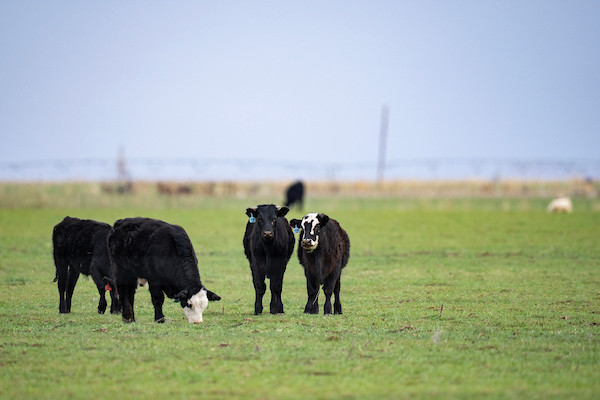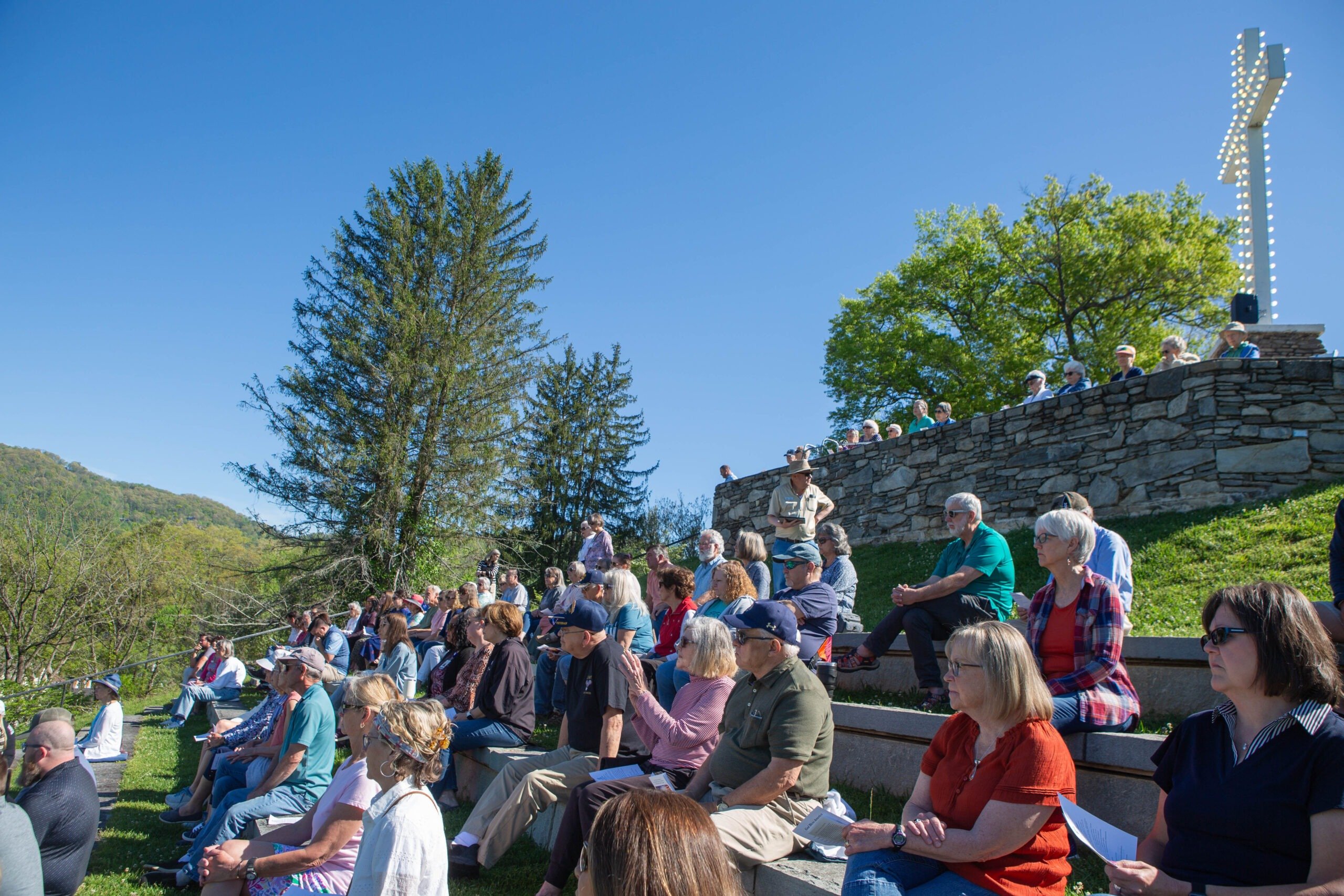The Importance of Public Lands for Sustainable Development
Introduction
This report highlights the critical role of public lands in supporting local economies, communities, and ecosystems, with a focus on their alignment with the United Nations Sustainable Development Goals (SDGs). The insights are provided by Hannah Berman, Senior Sustainability and Philanthropy Manager at Aspen Skiing Company, and Brody Leven, professional skier and Protect Our Winters athlete.
Public Lands: A Pillar for Sustainable Communities
Public lands serve as more than recreational spaces; they are fundamental to the livelihoods of mountain communities and the broader economy. These lands:
- Support small businesses, tourism, gear shops, restaurants, guide services, and resorts.
- Create jobs and generate revenue, contributing to economic growth (SDG 8: Decent Work and Economic Growth).
- Enhance mental well-being and preserve cultural heritage (SDG 3: Good Health and Well-being; SDG 11: Sustainable Cities and Communities).
- Protect mountain ecosystems, promoting biodiversity (SDG 15: Life on Land).
Threats to Public Lands and Their Impact on SDGs
Currently, millions of acres of public lands are at risk due to a provision in the federal budget reconciliation process that could force the sale of up to 0.75% of public lands across 11 Western states. This includes over 120 million acres nationally, with nearly 2 million acres in Utah alone—an area larger than Rhode Island.
The potential consequences include:
- Loss of climate resilience and natural habitats, undermining SDG 13 (Climate Action) and SDG 15 (Life on Land).
- Negative effects on local economies and employment, impacting SDG 8 (Decent Work and Economic Growth).
- Degradation of air quality and increased health risks due to intensified wildfires and droughts (SDG 3: Good Health and Well-being).
Climate Change and Its Effects on Mountain Communities
Mountain communities are already experiencing the impacts of climate change, including:
- Shrinking snow seasons, with winters now a month shorter than in the 1980s (SDG 13: Climate Action).
- Intensifying droughts and longer wildfire seasons, leading to prolonged smoke exposure (SDG 3: Good Health and Well-being).
- Altered landscapes that threaten biodiversity and ecosystem services (SDG 15: Life on Land).
Public Opinion and Political Context
There is broad public opposition to selling public lands, with:
- 85% of Democrats and 61% of Republicans opposing land sales.
- 71% of Americans rejecting public land sales as a solution to the federal deficit.
- 82% of Western voters preferring to address housing needs within existing communities.
Despite this, some lawmakers advocate for land sales, posing risks to sustainable development and climate resilience.
Call to Action: Protecting Public Lands for a Sustainable Future
To align with the SDGs and ensure the protection of public lands, the following actions are recommended:
- Advocate: Contact Senator Mike Lee to remove any public land sale provisions from the budget bill.
- Engage: Discuss the importance of public lands within your community and networks.
- Support: Join and support organizations like Protect Our Winters that work towards defending public lands and promoting climate-forward policies.
Protecting public lands is essential for achieving multiple Sustainable Development Goals, including climate action, economic growth, health, and sustainable communities. Once lost, these lands cannot be reclaimed, making immediate action critical.
1. Sustainable Development Goals (SDGs) Addressed or Connected
- SDG 13: Climate Action
- The article discusses climate change impacts such as shrinking snow seasons, intensifying drought, longer wildfire seasons, and smoke from fires affecting mountain communities.
- It emphasizes the need for bold climate action and protecting lands that offer climate resilience.
- SDG 15: Life on Land
- The focus on protecting public lands, mountain ecosystems, and biodiversity aligns with SDG 15.
- The threat of selling off public lands and the importance of preserving natural habitats and ecosystems are highlighted.
- SDG 8: Decent Work and Economic Growth
- The article highlights how public lands support local economies, small businesses, tourism, and jobs in mountain communities.
- Protecting these lands is linked to sustaining livelihoods and economic opportunities.
- SDG 11: Sustainable Cities and Communities
- The article touches on community well-being, mountain culture, and housing needs within communities.
- It stresses the importance of addressing housing needs without selling public lands.
2. Specific Targets Under Those SDGs Identified
- SDG 13: Climate Action
- Target 13.1: Strengthen resilience and adaptive capacity to climate-related hazards and natural disasters in all countries.
- Target 13.2: Integrate climate change measures into national policies, strategies, and planning.
- SDG 15: Life on Land
- Target 15.1: Ensure the conservation, restoration, and sustainable use of terrestrial and inland freshwater ecosystems and their services.
- Target 15.2: Promote the implementation of sustainable management of all types of forests, halt deforestation, restore degraded forests.
- SDG 8: Decent Work and Economic Growth
- Target 8.3: Promote development-oriented policies that support productive activities, decent job creation, entrepreneurship, creativity and innovation.
- Target 8.9: Devise and implement policies to promote sustainable tourism that creates jobs and promotes local culture and products.
- SDG 11: Sustainable Cities and Communities
- Target 11.4: Strengthen efforts to protect and safeguard the world’s cultural and natural heritage.
- Target 11.1: Ensure access for all to adequate, safe and affordable housing and basic services.
3. Indicators Mentioned or Implied to Measure Progress
- Climate-related Indicators (SDG 13)
- Length of snow seasons (e.g., winters at Aspen One being a month shorter than in the 1980s) as a measure of climate impact.
- Frequency and intensity of wildfires and droughts affecting public lands.
- Land Conservation Indicators (SDG 15)
- Area of public lands protected or sold (e.g., 0.75% of public lands proposed for sale, totaling over 120 million acres).
- Extent of forest and ecosystem preservation in Western states.
- Economic and Community Indicators (SDG 8 and 11)
- Number of jobs supported by public lands (e.g., in tourism, local businesses, resorts).
- Community opposition/support percentages regarding public land sales (e.g., 85% Democrats and 61% Republicans oppose selling public lands).
- Housing needs addressed within communities without sacrificing public lands.
4. Table of SDGs, Targets, and Indicators
| SDGs | Targets | Indicators |
|---|---|---|
| SDG 13: Climate Action |
|
|
| SDG 15: Life on Land |
|
|
| SDG 8: Decent Work and Economic Growth |
|
|
| SDG 11: Sustainable Cities and Communities |
|
|
Source: gearjunkie.com







